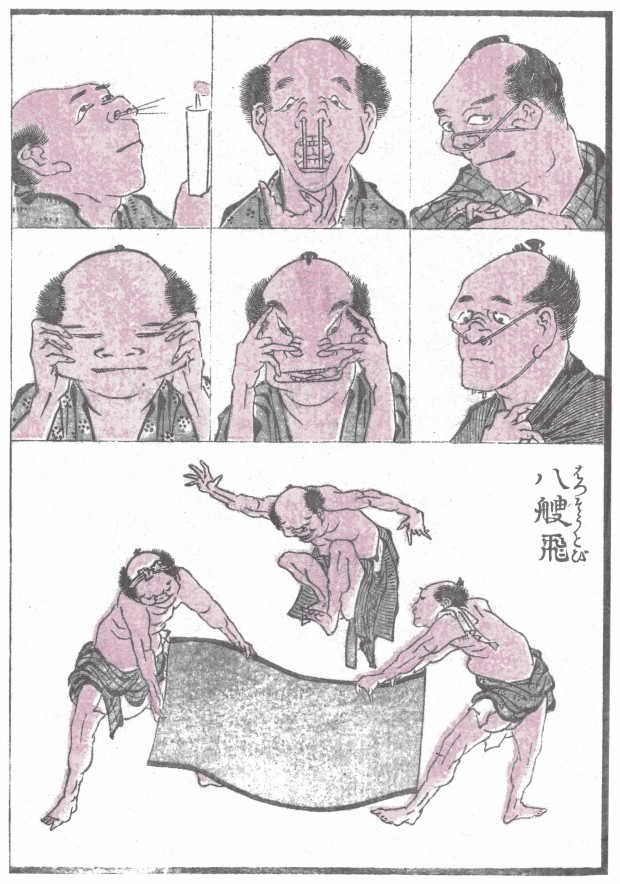Hokusai vs. Great Artists of the World
In this contest between famous masterpieces, Japan’s sends forth its most popular artist, 葛飾北斎 (Katsushika Hokusai, 1760-1849). How will it end? A master painter of various genres, Hokusai’s works, from the iconic 「神奈川沖浪裏」 (“Great Wave off Kanagawa”) and humorous caricatures in 『北斎漫画』 (“Hokusai Manga”), are recognized around the world as representatives of Japanese art. By comparing Hokusai’s works with other great artists of the world and their famous works, we hope to make Japanese art more approachable and fun.
Warhol vs. Hokusai
These two artists astonished the world by pursuing their own unique techniques and by elevating the everyday into art.
Andy Warhol
This silkscreen painting “Marilyn Diptych (1962),” features the American actress and model, Marilyn Monroe, as depicted by Andy Warhol (1928-1987), the charismatic pop artist of the 20th century. The work exemplifies Warhol’s distinctive style of using serial images, also featured in his Campbell’s soup can artwork.
Katsushika Hokusai
 「伝心開手 北斎漫画」 (“Denshin Kaishu Hokusai Manga” Volume 10, literally meaning “Transmitting the Spirit and Revealing the Form of Things, Random Drawings of Hokusai”), Hokusai Manga First Edition, 1819 (Edo period), Uragami Sokyu-do.
「伝心開手 北斎漫画」 (“Denshin Kaishu Hokusai Manga” Volume 10, literally meaning “Transmitting the Spirit and Revealing the Form of Things, Random Drawings of Hokusai”), Hokusai Manga First Edition, 1819 (Edo period), Uragami Sokyu-do.
Hokusai, was a master of expression and imagination, and was able to portray anything, from people and landscapes to architecture, nature, and other matters. Anything from daily life to even the grandiose, was portrayed with a dynamic energy by Hokusai’s brush. He also excelled in expressing laughter and a sense of humor in his drawings.
What to look for in these masterpieces!
Shocked by the death of Marilyn Monroe, Warhol transferred a still from the Monroe film, “Niagara,” on a silkscreen and mass produced paper and canvas prints. In short, it could be said that this was a modern-day restoration of the techniques perfected two centuries before by Hokusai and the ukiyo-e artists of Edo (old Tokyo, 1603-1868).












